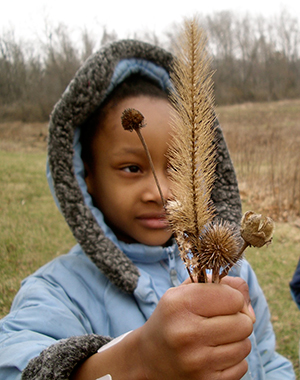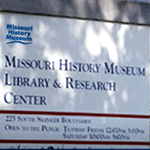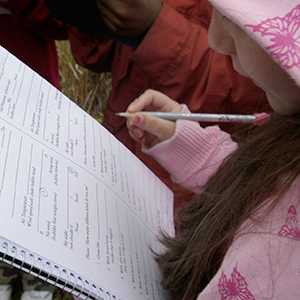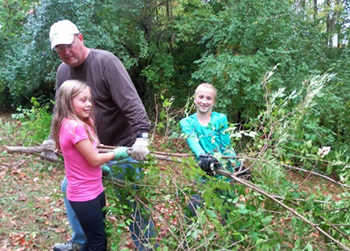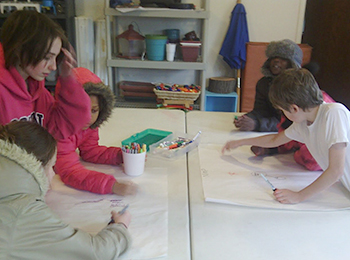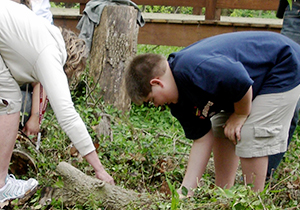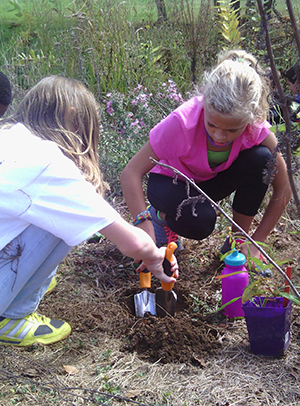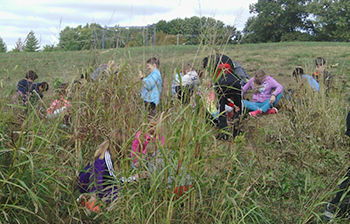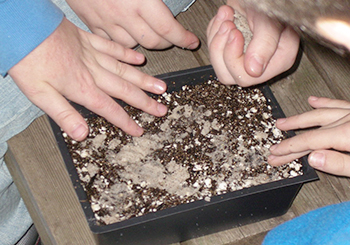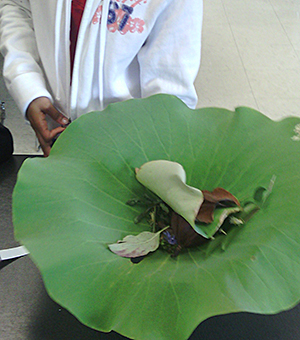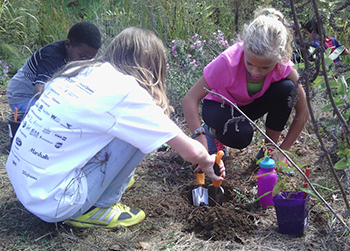 Litzsinger Road Ecology Center uses Earth Partnership for Schools from the University of Wisconsin-Madison Arboretum as a model for teachers interested in incorporating restoration into their curriculum. One of the program’s missions is to foster the idea that soil, plants, and animals are part of the community to which we belong, and that we should act in a way that allows for their continued existence.
Litzsinger Road Ecology Center uses Earth Partnership for Schools from the University of Wisconsin-Madison Arboretum as a model for teachers interested in incorporating restoration into their curriculum. One of the program’s missions is to foster the idea that soil, plants, and animals are part of the community to which we belong, and that we should act in a way that allows for their continued existence.
The program is structured to follow a 10-step process of ecosystem restoration, with each step containing a variety of lessons:
(Click on each heading to expand that section and download lessons.)
